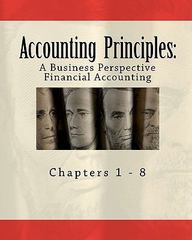Question
Problem 1 In a repeated, symmetric duopoly the payoff to both firms is P; if they produce the level of output that maximizes their joint
Problem 1
In a repeated, symmetric duopoly the payoff to both firms is P; if they produce the level of output that maximizes their joint profits and Pc if they produce the Cournot level of output. The maximum payoff that one player can get if the other chooses the joint profit-maximizing output is Pd. Obviously, we assume that Pd > Pj > Pc
1. Represent a one-stage game of this duopoly in a bi-matrix (normal form).
2. Determine the Nash equilibrium (if any) in pure strategies of the one-stage game.
3. Assume the game is repeated 100 times. Determine the subgame perfect equilibrium (if any) in pure strategies of the repeated game.
4. Assume the game is repeated infinitely, and the discount factor is 1/(1+r), where r is the discount rate. The firms adopt the punishment strategy of reverting to the Cournot game if either firm defects from the joint profit-maximizing strategy. o How large can r be for the punishment strategy to be a sub-game perfect equilibrium in pure strategies?
Economics Game Theory class. thanks answer please questions 1 to 4
Step by Step Solution
There are 3 Steps involved in it
Step: 1

Get Instant Access to Expert-Tailored Solutions
See step-by-step solutions with expert insights and AI powered tools for academic success
Step: 2

Step: 3

Ace Your Homework with AI
Get the answers you need in no time with our AI-driven, step-by-step assistance
Get Started


